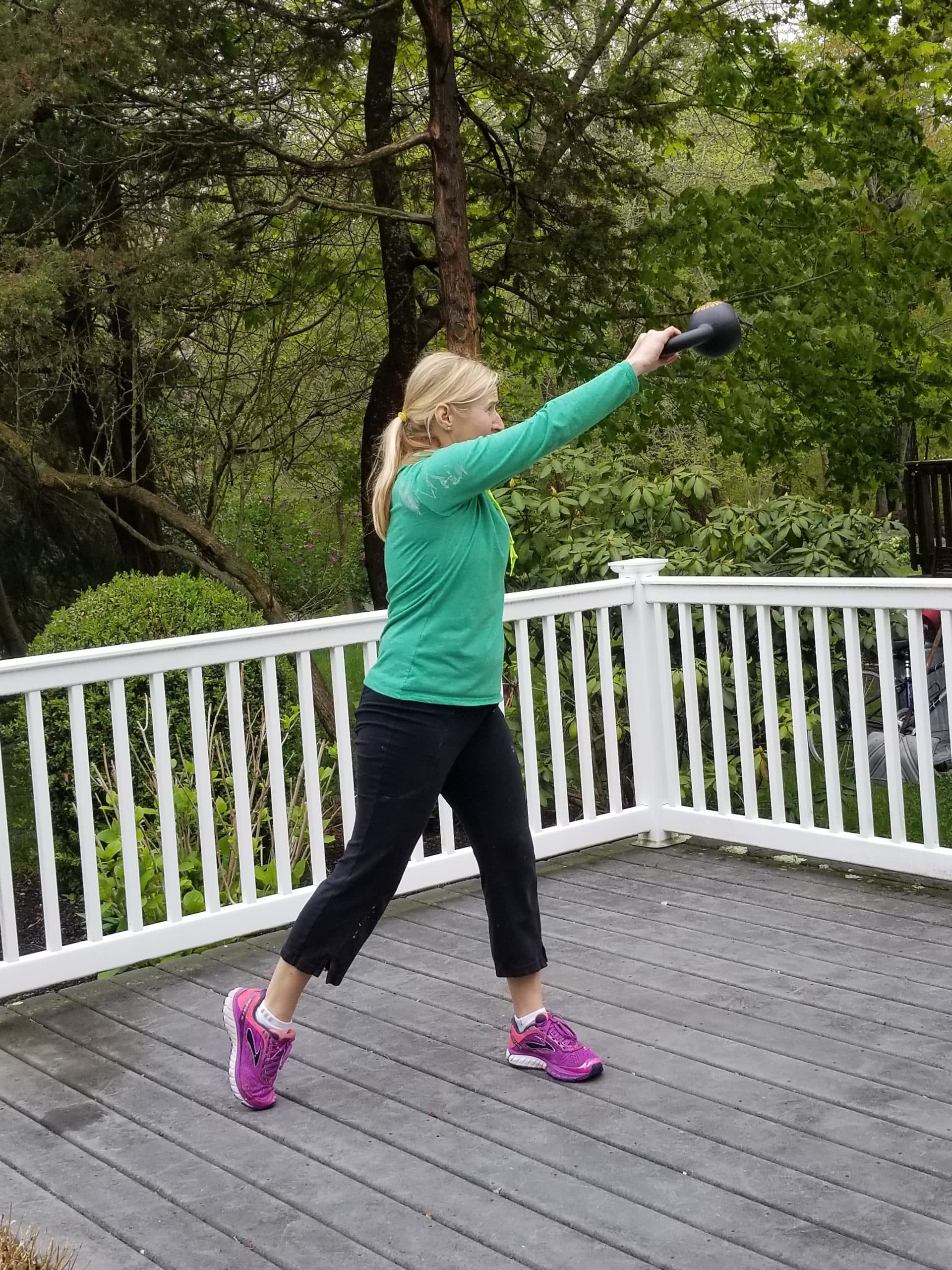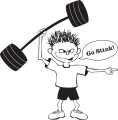SouthCoast fitness trainer Norm Meltzer has an opinion that may change your exercise routine

Originally published in South Coast Today.
Back in the olden days during my competition years there was always some good-natured ribbing between weightlifters and powerlifters. When trash talking a powerlifter, the go-to gibe was: We lift weights standing up, not lying down (an obvious dig at the bench press). A fair overall point, but perhaps a disproportionate smear campaign against a beloved weight-room exercise.
The seated versions of exercises that can be performed while standing gained popularity in past decades.
The physical culturists of the 1960s established that the seated press is harder than its standing counterpart. The standing press offers more opportunity for both intentional and unintentional cheating. The seated position eliminates the benefit of backbend and leg drive during an overhead press. The physical culturalists figured the harder the better, and these stricter variations became a badge of honor, a bragging rights sort of thing.
And then came all of the advances and improvements in the ergonomics of exercise equipment, much of which provides seated exercises. Some of this equipment offers more favorable body positioning for a given exercise, while other stuff is just more convenient and easier to get in and out of. Many of us enjoy these modern gym perks, especially those of us who work out with physical limitations or who aren’t good candidates to wedge ourselves upside down in a 1960s-style vertical leg press machine.
I was even watching the Simpsons recently and heard C. Montgomery Burns wax poetic about sitting: “The great leveler … from the mightiest pharaoh to the lowliest peasant, who doesn’t enjoy a good sit?” I have to admit that Burns made a pretty good point. Comfort is indeed important, even during exercise, in certain respects.
But to adequately prepare our bodies through exercise, we must simulate probable conditions. Most situations in which we employ our legs occur in the standing position. Even most challenging upper body tasks are performed from the standing position. And with all due respect to luge riders and NASCAR drivers, most sports are played while standing.
If we play tennis while standing up and carry our bundles while standing up and climb stairs while standing up, then part of our exercise prescription should deliver this need. Nevertheless, people seem to gravitate toward the seated versions of exercises.
Although there are many good exercises performed from a seated and/or lying position, we mustn’t neglect strength training from the standing position, altogether. This is especially true when looking at something like trunk rotation, when we twist at the waist. When swinging a golf club, taking a slapshot, throwing a baseball and so on, there is a very significant trunk rotation that occurs. These kinds of trunk rotations involve an element of weight transfer. If we only do our core exercises while sitting and lying, we will be missing out on this all-important weight transfer piece of the puzzle.
If you want to split hairs, balance and weight transfer technically do occur while sitting and lying. Rolling over in bed is weight transfer, babies learning to sit up is also balance and weight transfer. But we mostly consider weight transfer as applied to an upright standing position for good reason. Walking itself is an example of losing and regaining balance, through weight transfer and its accompanying adjustments, with each step.
We don’t need to engage our core muscles exclusively while standing, but it does behoove us to include some standing exercises in our overall exercise program. Exercising without standing doesn’t address most examples of sports specificity in a meaningful way – or functional, life-specific training for that matter.

Norm Meltzer aka The Muscle-less Wonder
